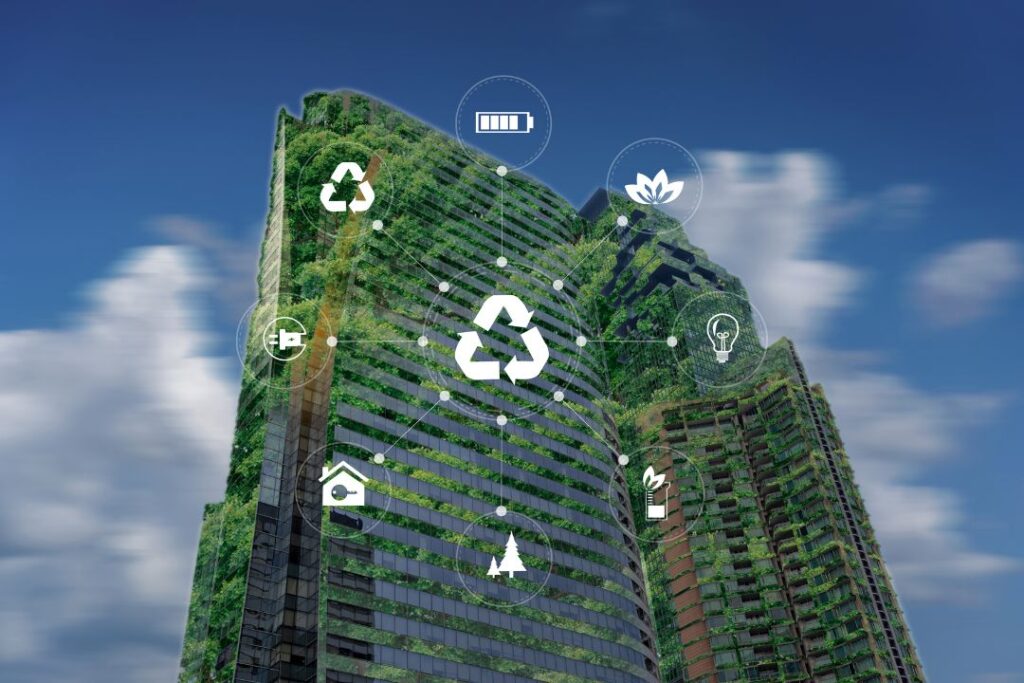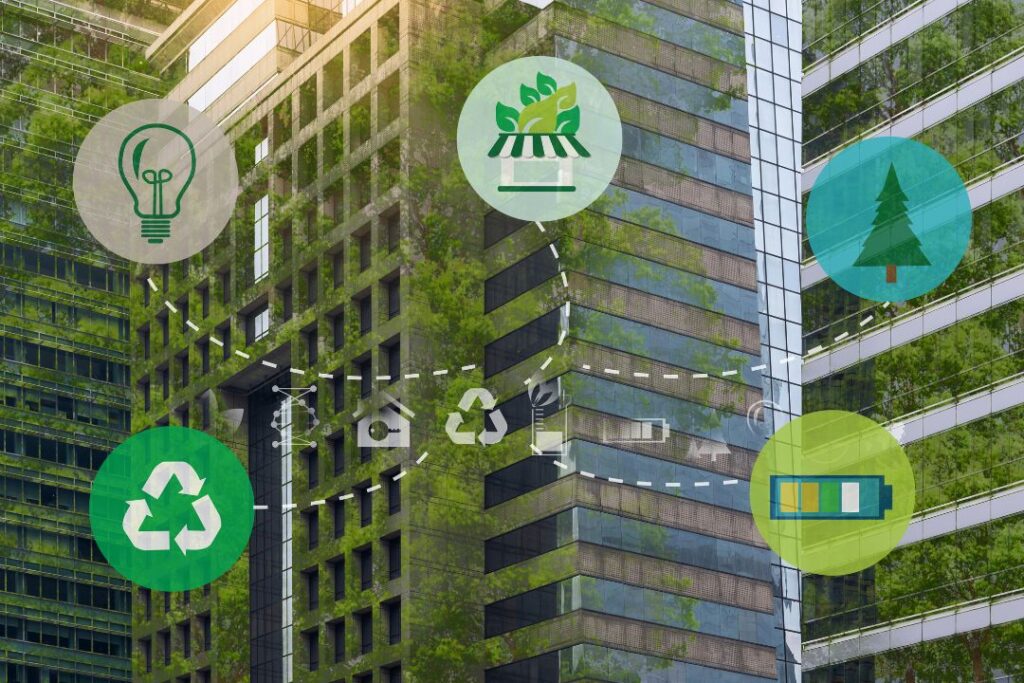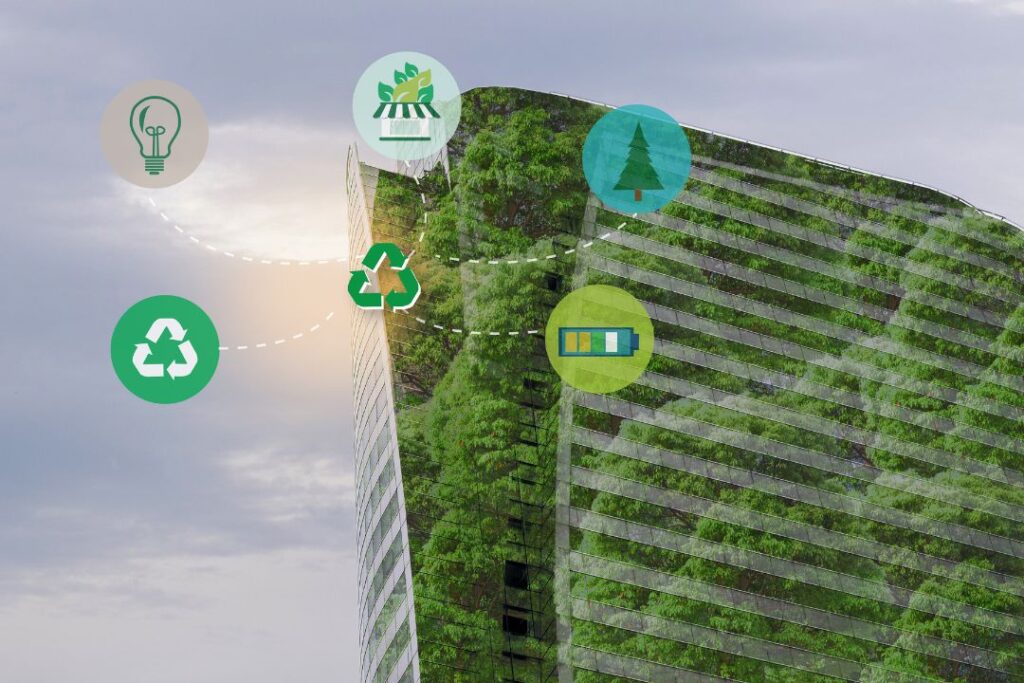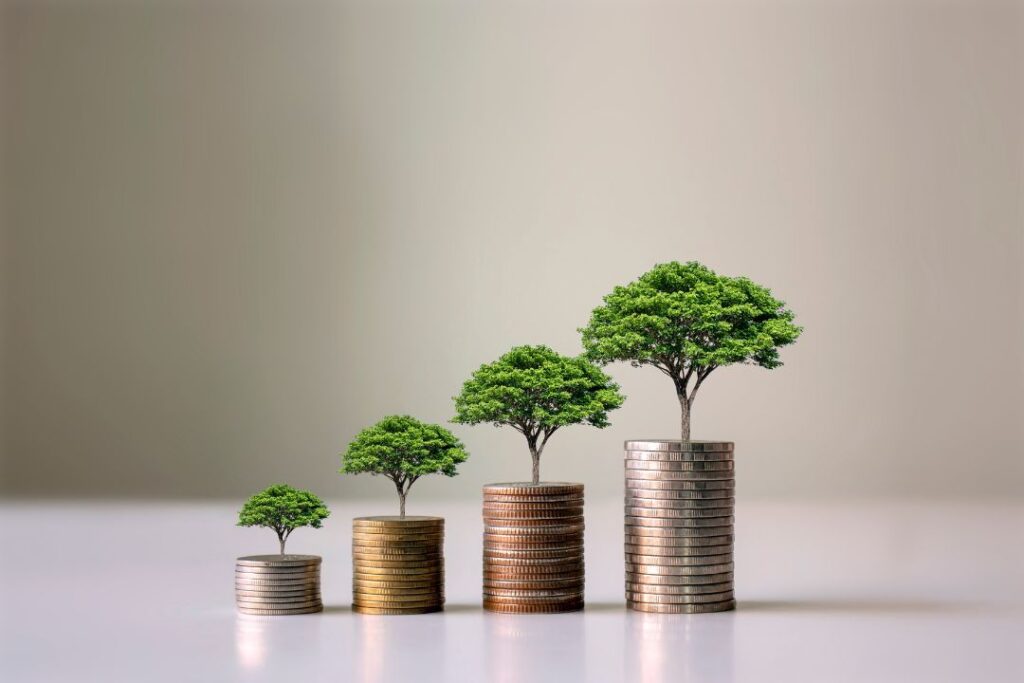
In an era marked by climate change, ocean pollution, vanishing ecosystems, and the relentless depletion of our planet’s resources, it is increasingly crucial for businesses to take on a role in preserving our environment. Simply selling a few eco-friendly products or using sustainable packaging is no longer enough. True sustainable businesses weave environmental and social responsibility into every aspect of their operations. In this guide, we’ll explore what it means to be a sustainable business, the difference between sustainability and being eco-friendly, why sustainability is crucial for businesses, and steps to create a more sustainable business model.
What is a sustainable business?

A sustainable business is one that strives to have a positive impact on the environment and society or, at the very least, aims to reduce its negative impact on these crucial areas. Such businesses scrutinize their manufacturing, shipping, and selling processes to identify ways to become more sustainable, minimize their carbon footprint, and contribute positively to the planet.
Every decision they make is rooted in the goal of environmental improvement, whether it involves using natural materials, engaging in community initiatives, or prioritizing long-term benefits over short-term gains.
Sustainability efforts typically revolve around three core pillars:
- People
- Planet
- Profit
These pillars ensure equitable treatment of employees and local communities while striving to minimize or reverse environmental damage.

Is sustainable business the same as eco-friendly business? While “eco-friendly” and “sustainable” are often used interchangeably, they have nuanced differences. Sustainable businesses aim to build a prosperous economy for future generations by making choices that do not deplete the Earth’s natural resources.
On the other hand, eco-friendly businesses primarily focus on minimizing or eliminating harmful effects on the environment. For eco-friendly businesses, every aspect, from production to packaging, must prioritize environmental safety.
Characteristics of a Sustainable Business Sustainable businesses adopt strategies that address the three core pillars: people, profit, and the planet. They strive to reduce any negative environmental and societal impacts through their operations, addressing global issues such as climate change, human rights, fair working conditions, pollution, income inequality, depletion of natural resources, racial injustice, and gender inequality.
Why is sustainability important in business?

Sustainability is vital for business success for several reasons:
- Increased Investment Opportunities: Investors frequently evaluate companies using environmental, social, and governance (ESG) metrics. Lower carbon footprints and positive sustainability efforts make companies more attractive to investors.
- Enhanced Financial Performance: Research by McKinsey suggests that companies with high ESG ratings often have lower debt costs and perform better financially due to effective sustainability initiatives.
- Meeting Customer Expectations: Consumers now expect brands to be sustainable, and many are willing to pay more for sustainable products. Approximately 90% of consumers are willing to spend an additional 10% on sustainable products.

- Competitive Advantage: Understanding global concerns and meeting customer demands gives businesses a competitive edge over those that continue with unsustainable practices.
- Cost Reduction: Pursuing sustainability can lead to cost savings. Around 33% of businesses incorporating sustainability strategies improve efficiency, reducing costs and potentially boosting profits by up to 60%.
Creating a More Sustainable Business Model To develop a sustainable business model, follow these steps:
- Assess the problem (or problems): Identify the sustainability challenges your business faces by examining the perspectives of your team, company, customers, and industry. Determine what each group prioritizes, whether it’s reducing carbon footprints or supporting marginalized communities.
- Define Objectives: Once you identify the main issues, set clear, SMART (specific, measurable, achievable, relevant, and time-based) objectives to address them. These objectives should align with your target audience, product, and core values.

- Outline your sustainable business strategy: Create a balanced strategy that improves your environmental impact while ensuring profitability. Develop two layers: small, sustainable changes and significant, higher-impact changes. These changes can range from energy-saving practices to transitioning to eco-friendly materials.
- Implement Practices: Turn your strategy into action by allocating the necessary resources, setting milestones, and establishing a timeline. You may need external stakeholder buy-in and a robust system for tracking results.
- Assess Results: Regularly review your progress against your objectives, measuring key metrics such as carbon footprint reduction, waste percentage, electricity savings, or community partnerships. Adjust your strategy as needed to achieve your sustainability goals.
Sustainability in business varies based on operations, missions, and industries. It can manifest as the use of sustainable materials, optimized supply chains to reduce emissions, community initiatives to minimize waste, or support for educational programs in marginalized communities. Adopting renewable energy sources for production is also a notable sustainability effort.

Sustainable businesses are not just a buzzword; they are essential for the future of our planet and successful business ventures. By understanding what it means to be a sustainable business, differentiating it from being eco-friendly, and comprehending the importance of sustainability, you can embark on a journey to create a more sustainable business model.
Remember that sustainability strategies are unique to your business, and by taking meaningful steps, you can contribute positively to the environment and society while ensuring long-term business success.
Related posts: Top Online Selling Platforms for 2023: Reach More Customers
















Discussion about this post